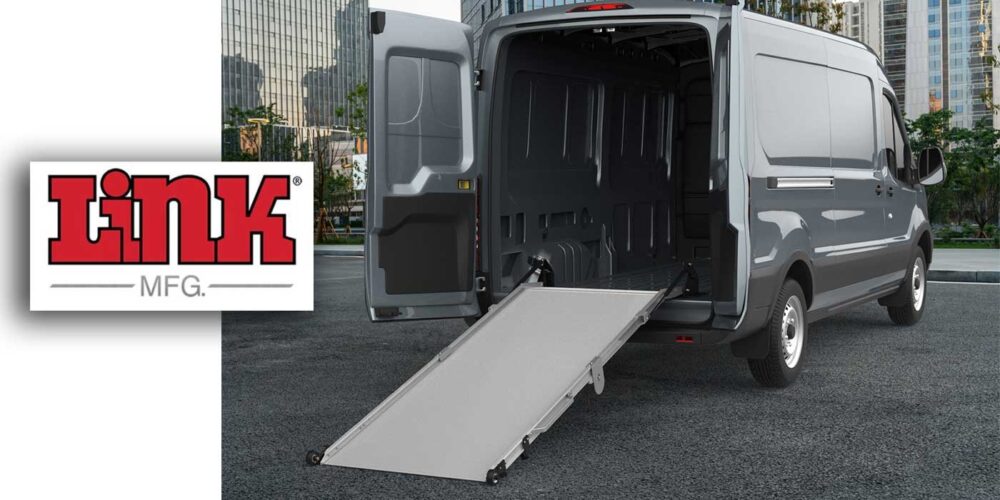Light-duty trucks, generally considered all-purpose vehicles, are classified at up to 10,000 lbs. GVW, but for the purpose of this column, we’ll extend the term to cover Class 3 and 4 offerings. When purchasing these trucks, fleet managers must first consider the tasks the trucks will be asked to perform and where they will reside, with special attention to geography, road conditions and driver habits.
Recently, the Technology and Maintenance Council recognized the growing importance of light- and medium-duty vehicles and formed a new Study Group, S.14, for this sector. Drivetrain durability, ease of component replacement, electrical system upgrades, specialized body fitments and trailer towing have been popular subjects of study. Tire selection should also be given top priority.
Nearly all Class 1 through Class 4 trucks are originally equipped with recreational vehicle-type tires derived from passenger-car tire roots. Car-like ride comfort, sidewall and tread styling and low initial cost are properties typically emphasized. They generally have polyester fabric sidewall/body plies (vs. steel for heavier duty commercial service) and are not specifically designed for multiple retreading. They are more like larger versions of small passenger-car tires than smaller versions of the more robust larger commercial truck tires, which emphasize life-cycle cost effectiveness.
Most of the major truck tire manufacturers offer commercial tires in smaller sizes and load ranges to fit Class 3 and 4 vehicles, which may or may not be available to fleet purchasers as original equipment, depending on the number of units purchased and the ability to navigate the “special order” input and option costs usually required.
Since many of these trucks are all-wheel drive, matched tires, including size, load range, and tread type, will be required on all positions. How-ever, two-wheel drive vehicles can benefit from rib-type tread patterns on free-rolling wheel positions through longer wear, less irregular wear, lower noise and vibration levels and extended removal mileages. Even if OE tires are used, simple circumferential rib designs are preferred over the more aggressive all-season RV designs with segmented shoulders. Traction treads are normally the best choice for driven axle positions, especially if the vehicle is lightly loaded and/or will be used in climates that include winter snow, mud, or on/off road conditions.
The higher unit tread pressure produces more penetration in deform-able surfaces and, therefore, more forward traction and lateral stability than the wider, sporty-appearing tires sometimes used on these vehicles.
If commercial service tires are fitted as replacements for light-duty OE tires, make sure the wheel type, size, and inflation rating are sufficient for the new tires, which sometimes are rated for higher inflation pressures and may require a different rim width. Also, use a valve assembly rated for the maximum tire pressure shown on the sidewall. Passenger-type rubber snap-in valves should not generally be used for inflations above 40 PSI, although special rubber/metal combination valves may be rated higher, and clamp-in all-metal valves are readily available for nearly all wheel types. Note, also, that many alloy light truck wheels are castings vs. forgings for the heavier duty applications. Forged wheels are generally stronger, more ductile than cast counterparts and usually require special O-ring sealing valves.
All of these issues can be addressed with confidence as long as you have accurate information. Fortunately, most tire and wheel manufacturers have knowledgeable representatives, and they are usually the same individuals you would consult for questions about larger tires for Class 6 to 8 trucks. You just need to ask!













